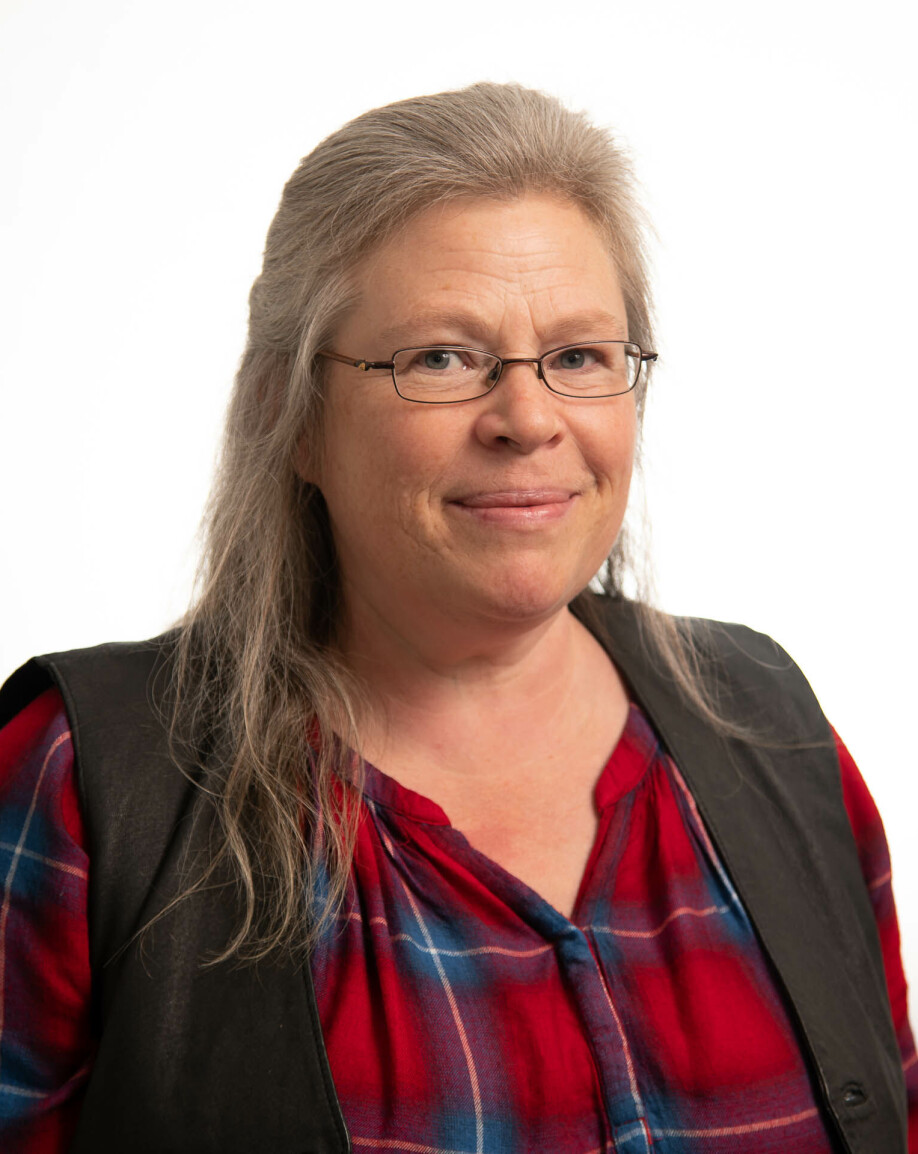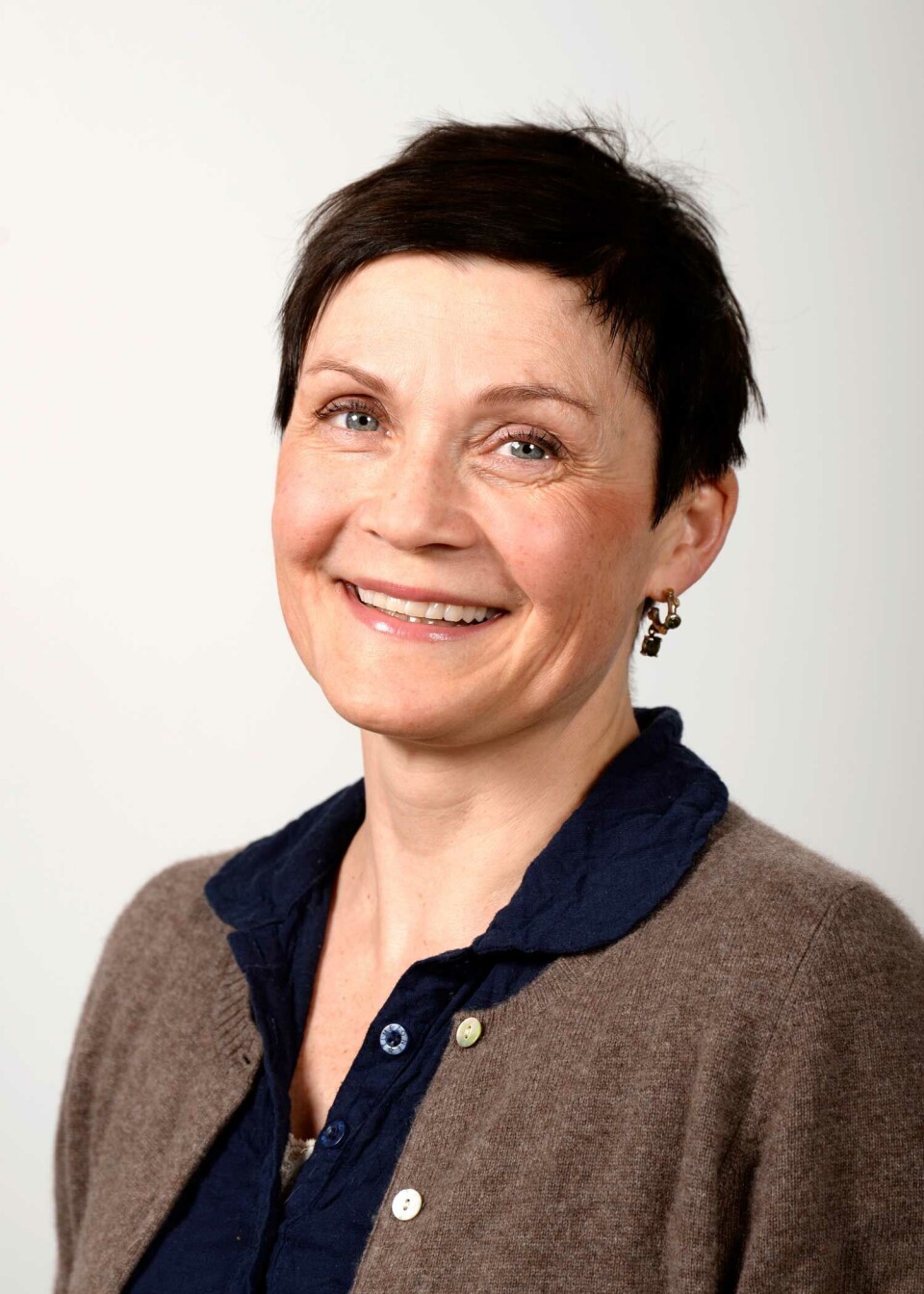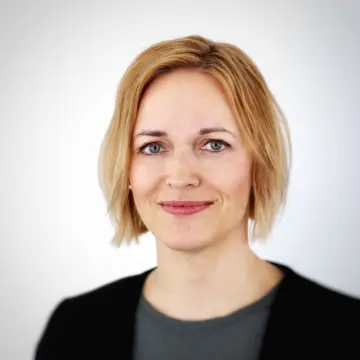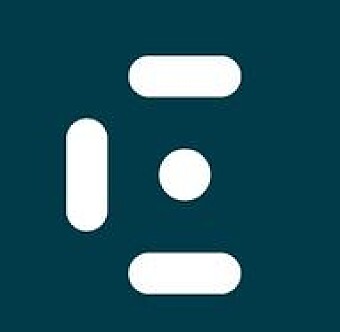THIS ARTICLE/PRESS RELEASE IS PAID FOR AND PRESENTED BY the Norwegian centre for E-health research - read more

Digital home care: Health workers were not told they needed tech skills
Health workers became frustrated when the authorities did not fully communicate the need for technical skills, in the introduction of digital home care.
Ten years ago, it was common to understand care and technology as opposites: cold technology as a contrast to warm hands.
This attitude took root in the education system and contributed to skepticism about the introduction of new technology in the health and care sector.
The tension between care and technology also led to a separate linguistic practice. It was best to talk less about technology and more about humans. Elements that do not fit in completely are left out to create a unified and harmonious understanding.
Language is power. When the authorities are the sender of important messages about care and technology, it affects the development of the health service.
Researchers Hilde G. Corneliussen from Vestlandsforsking and Kari Dyb from the Norwegian Centre for E-health Research study the language that arises in the public when discussing the introduction of technology in health and care.
In a recently published scientific article in Tidsskrift for omsorgsforskning, they comment on discourse practices related to digital home care services over the past ten years.
80 percent people and 20 percent technology?

For several years, the researchers have followed the program for digital home care, initiated by the Norwegian Directorate of Health, the Association of Local and Regional Authorities (KS) and the Directorate of eHealth.
This program promotes the use of digital home care in the municipalities. The goal is for residents to receive help and support to cope with health challenges and to live longer at home.
The researchers have also analyzed the language in official Norwegian reports (NOU) to see what characterizes texts about innovation in care services.
In addition, they have interviewed employees and managers in municipal nursing and care services in Western Norway and in Northern Norway about their experiences with digital home care.
"It quickly turned out that in these technology solutions it was not about "80 percent people and only 20 percent technology"," says Hilde G. Corneliussen.
"Policy documents point out the direction for innovation in the health services. But, one needs to show that technology skills among those who will use the solutions is absolutely necessary. Otherwise, there will be a gap between expectations and the actual situation for health care workers in the communities. Thus, some health professionals choose to continue working the old-fashioned way," says Corneliussen.
A regime of truth
The researchers compared the public language with how health professionals actually experience the use of remote care technologies.
In a scientific article they described that in some texts, certain opinions become dominant, while other interpretations are rejected.

Kari Dyb says that this can be described as a regime of truth. The official language is gaining ground. One story is accepted as more true than other stories.
"Regimes of truth are carried on and become widespread when a message is repeated. They gain particularly strong power when authorities tell us what digital home care is and how we should use it. Thus, we got a truth that it’s pretty easy to use this technology in the municipalities, the employees don’t have to be tech experts."
Urgent marriage counseling
When health + technology = not entirely true, the researchers think it is time for some 'marriage counseling'. The parties need to understand and accept each other's point of view.
"We saw that it was necessary to challenge the truth regime that digital home care is not about technology," says Corneliussen.
Healthcare professionals report anger and frustration when they get the technology dumped in their lap and have no idea what to do with it.
The researcher says that the distinction between technology and care should be broken down already in education. Bridges must be built between health and technology. In order to succeed with health innovation in the municipalities, technological competence is still very important.
Any benefits too?
Middle managers who were interviewed said that they sat in meetings and discussed remote care technologies, without having any ICT expertise themselves or professionals to rely on.
Does this mean that the authorities and politicians have oversold the message that everyone can use the technology? The researchers think there may have been some upsides to pushing the human factor, to talk more about the benefits to people than about the technology itself.
Dyb believes that this message may also have been successful because welfare technology has received much more attention in recent years.
"But, where they have succeeded, health leaders and tech people have managed to work closely together," says Dyb.
Corneliussen emphasizes that public language about health care technology are not just innocent words.
"A message that is perceived by many as a truth will be able to influence politics and funding. This can mean that money is not given for important needs such as more ICT personnel and skills development for health workers," she says.
References:
Hilde G. Corneliussen and Kari Dyb: Det vanskelige ekteskapet mellom teknologi og omsorg. Tidsskrift for omsorgsforskning, 2021. Doi:10.18261/issn.2387-5984-2021-03-11
Hilde G. Corneliussen and Kari Dyb: Om teknologien som ikke fikk være teknologi – diskurser om velferdsteknologi. Immateriell kapital Fjordantologien, 2017. Doi.org/10.18261/9788215028163-2017-09
See more content from the Norwegian centre for E-health research:
-
Technology in the health and care sector: "This is not just about new gadgets"
-
Five Nordic and Baltic countries take a major step toward the future of health research
-
A digital chatbot can help you stay fit
-
Researchers' advice for better healthcare services: Listen to the patient!
-
Half of those who received mental health care found errors in their medical records
-
AI can understand your medical records: A new language model could revolutionise healthcare






































